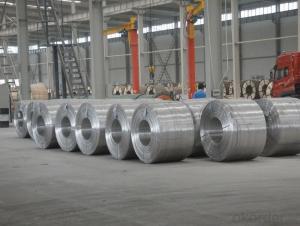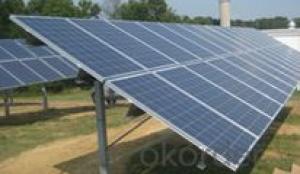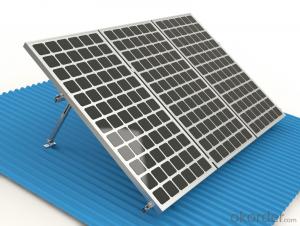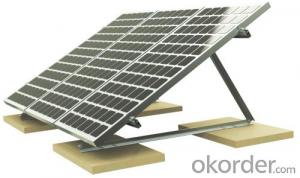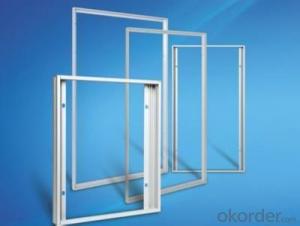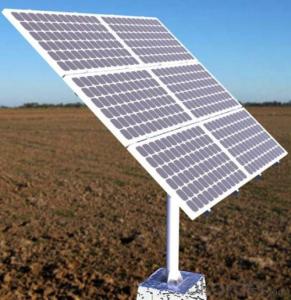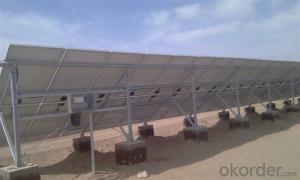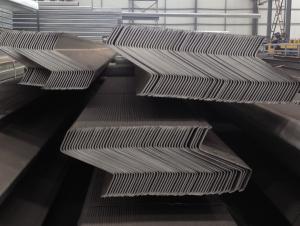Packout Mounting Plate Aluminum
Packout Mounting Plate Aluminum Related Searches
Led Light Bulbs For Ceiling Fixtures Led Lamps For Ceiling 42 In Ceiling Fan With Light Aluminum Coil Stock For Gutters Aluminum Foil For The Grill Hole Saw For Aluminum Plate Aluminum Tread Plate For Trailer Bow Plate For Aluminum Boat Aluminum Foil For Grow Room Aluminum Foil For Joint PainHot Searches
Stock Price For Aluminum Aluminum Coil Stock For Sale Aluminum Gutter Coil For Sale Used Aluminum Scaffolding For Sale 1/4 Aluminum Plate For Sale Aluminum Bar Stock For Sale Aluminum Round Stock For Sale Aluminum Diamond Plate For Sale Aluminum Scaffolding For Sale Craigslist 6061 Aluminum Plate For Sale Aluminum Dock Plate For Sale 7075 Aluminum Plate For Sale Aluminum Tread Plate For Sale Aluminum Checker Plate For Sale Aluminum Plate For Sale Near Me Plate Aluminum For Sale Aluminum Plate For Sale Aluminum Square Stock For Sale Aluminum Flat Stock For Sale Billet Aluminum Stock For SalePackout Mounting Plate Aluminum Supplier & Manufacturer from China
Okorder.com is a professional Packout Mounting Plate Aluminum supplier & manufacturer, offers integrated one-stop services including real-time quoting and online cargo tracking. We are funded by CNBM Group, a Fortune 500 enterprise and the largest Packout Mounting Plate Aluminum firm in China.Hot Products
FAQ
- Yes, solar mounting systems can be integrated with existing roofing systems. These mounting systems are designed to be compatible with different types of roofs, such as asphalt shingle, metal, tile, or flat roofs. By using various mounting techniques and components, solar panels can be securely attached to the roof without compromising its integrity or causing any damage. This allows for the seamless integration of solar energy systems into existing roofing structures.
- Yes, a solar mounting system can be installed on a government or municipal building. In fact, many government and municipal buildings have already adopted solar energy as a sustainable and cost-effective solution. By installing solar panels on these buildings, they can generate clean and renewable electricity, reduce their carbon footprint, and potentially save on energy costs. Additionally, government incentives and grants are often available to support the installation of solar systems on public buildings.
- Yes, a solar mounting system can be used with solar-powered educational programs. The mounting system helps secure and position the solar panels, enabling them to efficiently capture sunlight and generate electricity. This electricity can then be used to power educational programs, providing a sustainable and eco-friendly energy source for various educational activities.
- Yes, there are specific requirements for corrosion resistance when using a solar mounting system in coastal areas. Due to the high salt content in the air and the corrosive nature of saltwater, the mounting system should be made of materials that are highly resistant to corrosion, such as stainless steel or aluminum with appropriate coatings. This ensures the longevity and reliability of the system in coastal environments.
- Yes, there are specific requirements for installing a solar mounting system on a rooftop with rooftop access hatches. These requirements may include ensuring that the mounting system does not obstruct the access hatches or interfere with their functionality. Additionally, it is important to consider the weight and load-bearing capacity of the rooftop, as well as any local building codes or regulations that may govern the installation of solar systems on rooftops with access hatches.
- There are several advantages of using a roof-mounted solar system. Firstly, it maximizes the use of available space, as roofs usually have ample sunlight exposure. This means that more solar panels can be installed, generating higher electricity output. Secondly, roof-mounted solar systems are typically easier to install and maintain compared to ground-mounted systems. They require less land space and are less susceptible to shading issues. Additionally, roof-mounted systems are more discreet, blending seamlessly into the existing architecture of a building. Finally, by using a roof-mounted solar system, homeowners can take advantage of net metering, which allows them to sell excess electricity back to the grid, further reducing their energy bills and potentially earning credits.
- Yes, there are specific requirements for installing a solar mounting system on the ground. Some of the key requirements include a suitable location with sufficient space and unobstructed access to sunlight, a stable and level ground surface, proper soil conditions for anchoring the mounting system, compliance with local building codes and regulations, and consideration of any potential shading issues. Additionally, factors like wind speed, snow load, and seismic activity may also influence the design and installation of the mounting system.
- Yes, a solar mounting system can be used in areas with solar co-op initiatives. In fact, solar co-op initiatives often involve group purchasing and installation of solar panels, and a solar mounting system is essential for securely and efficiently installing these panels on rooftops or other surfaces.




























